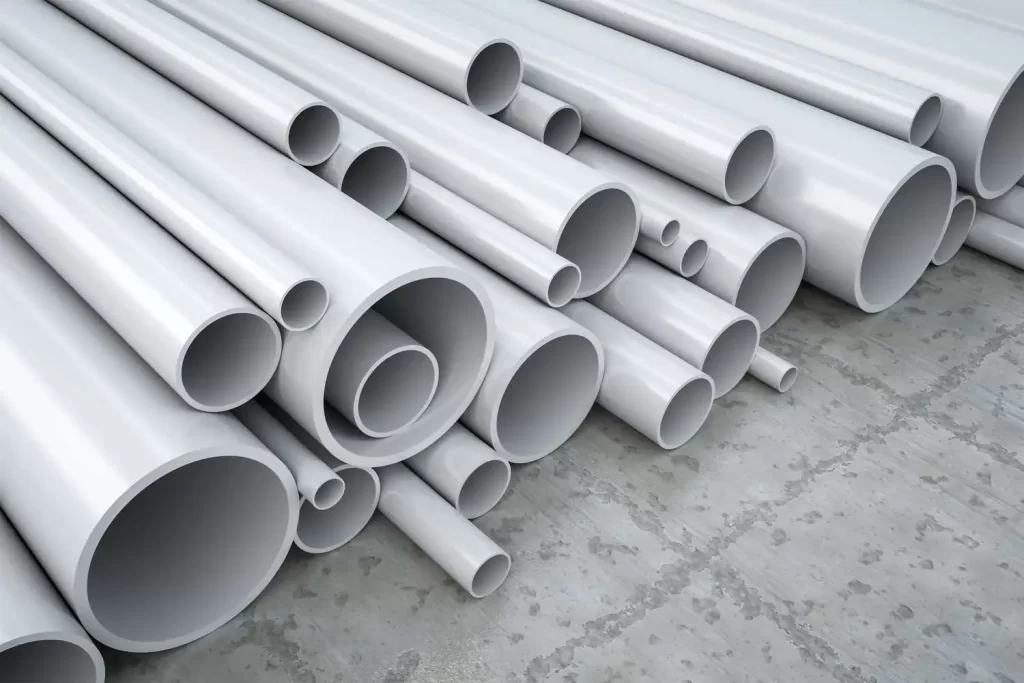In demanding industrial and commercial environments, material durability is paramount. Impact-resistant PVC (polyvinyl chloride) molding has emerged as a preferred solution for heavy-duty applications that require superior mechanical strength, chemical resistance, and long-term durability.
What Is Impact-Resistant PVC Molding?
Impact-resistant PVC molding refers to specially formulated PVC profiles designed to withstand significant physical stress and impact without cracking, warping, or breaking. This enhanced toughness is typically achieved by adding impact modifiers or by co-extruding the PVC with other reinforcing materials.
Key Features and Benefits
High Impact Strength
Formulated to endure knocks, collisions, and heavy use, impact-resistant PVC molding resists dents, chips, and breakage, even in high-traffic or industrial areas.Chemical and Moisture Resistance
PVC is inherently resistant to most chemicals and moisture, making it suitable for use in harsh environments, including manufacturing facilities, laboratories, and food processing plants.UV and Weather Resistance
Outdoor-rated variants are UV-stabilized to prevent degradation from sunlight, which makes them suitable for exterior applications.Low Maintenance
It requires minimal upkeep, offering a clean and professional appearance over time without painting or refinishing.Ease of Installation
PVC molding is lightweight and can be easily cut, drilled, or fastened using standard tools, speeding up installation.Cost-Effective
Compared to metal or wood, impact-resistant PVC offers an affordable solution with a longer service life in many cases.
Applications in Heavy-Duty Environments
Warehousing and Logistics: Wall and corner protection, dock bumpers, and guard rails.
Manufacturing Plants: Machine guarding, trim, and protective barriers.
Food and Beverage Facilities: Hygienic molding in cold storage, kitchens, or processing areas.
Automotive and Aerospace: Protective edging, cable raceways, and equipment trim.
Construction: Impact-resistant baseboards, chair rails, and casing around doors or windows.


